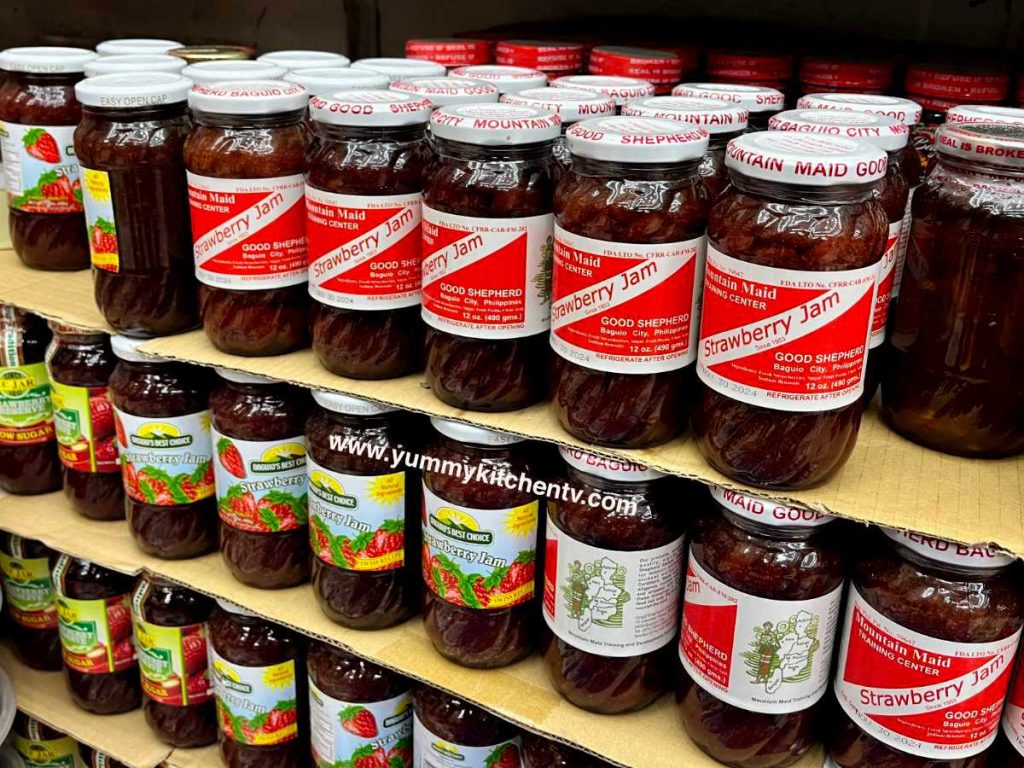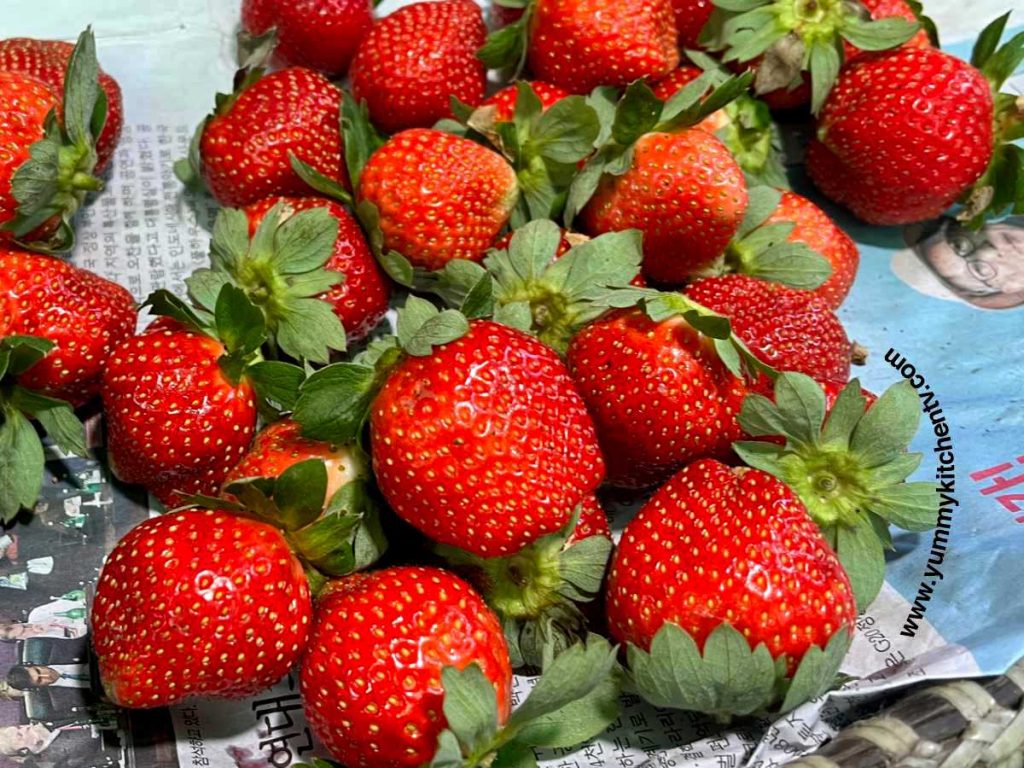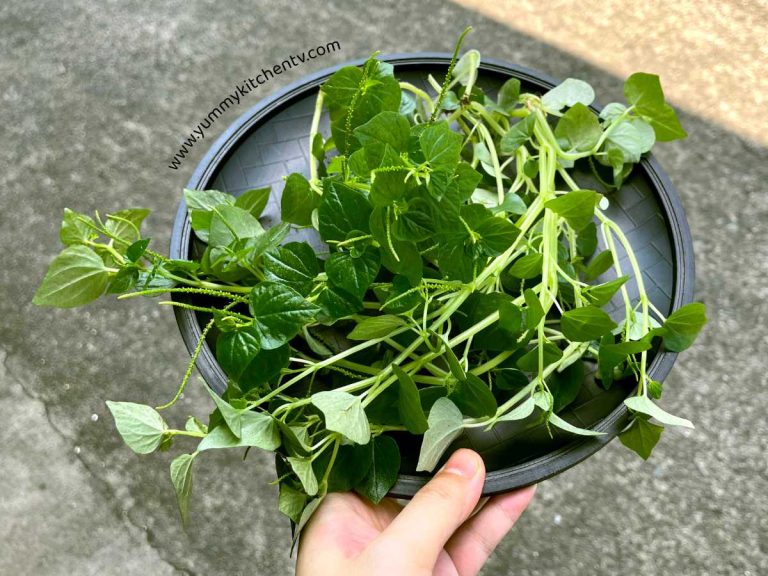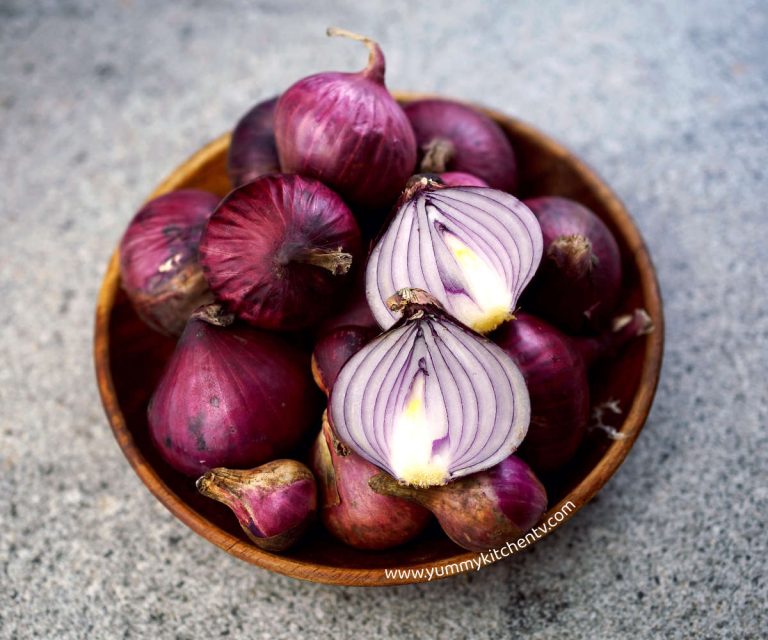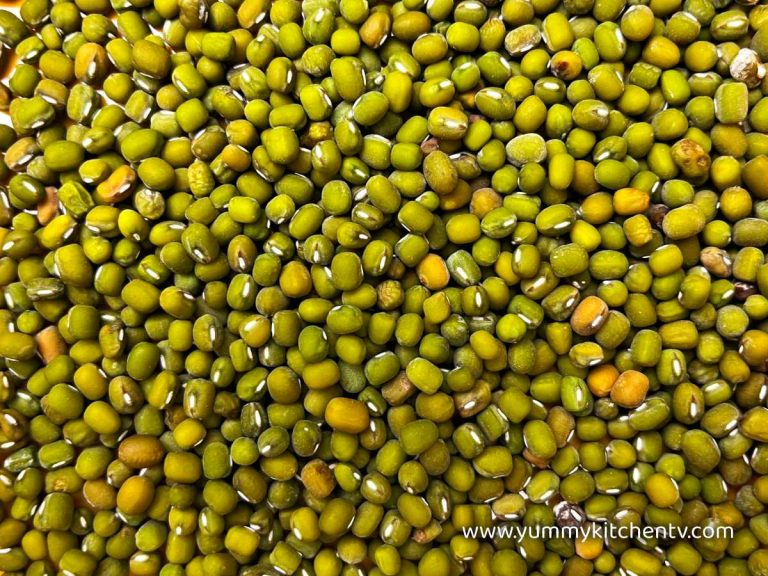Strawberry – Fresh, Sweet, and Juicy
The Strawberry, contrary to popular belief, with its vibrant red hue and juicy sweetness, is not a berry but a member of the rose family. Bursting with antioxidants and vitamin C, this heart-shaped fruit not only offers health benefits but also lends a fresh, tart, and colorful touch to desserts. Whether enjoyed fresh, used in pie or cake fillings, as a topping, added into smoothies and shakes, or transformed into jams and jellies. Strawberries remain a versatile and beloved culinary delight that you’re sure to adore.
History
The strawberry’s captivating journey can be traced back to ancient Rome, where literature documented its medicinal use, especially the wild variety. It wasn’t until the 18th century that garden strawberries made their way to Europe, gaining popularity for their medicinal properties in treating depressive illnesses. By the 16th century, an increased focus on cultivation marked a turning point, incorporating various parts of the plant for medicinal purposes, such as digestion, skincare, and addressing conditions like gout. In the culinary realm, the famed combination of strawberries and cream is credited to Thomas Wolsey in the court of King Henry VIII. Today, these red juicy fruits have become a major commercial crop, adorning tables fresh or cooked in an array of dishes and beverages.
Strawberry in the culinary world
Strawberry’s culinary versatility is as abundant as the seeds on its surface. Appreciated in their natural state or as part of a cooked creation, strawberries bring their delightful essence to desserts, salads, dishes, and beverages alike. Whether enjoyed fresh, incorporated into pie and tart fillings, or transformed into delightful preserves such as jams, jellies, and sweet sauces, strawberries seamlessly integrate into a diverse array of both sweet and savory dishes. Their tangy profile adds a refreshing twist to salads, takes center stage in delectable desserts like the strawberry shortcake, where fresh strawberries are embedded in the cake batter and filling, and enhances breakfast spreads with the delightful sweetness of strawberry jams on morning toasts. Additionally, strawberries lend their vibrant flavor to invigorating beverages, such as the classic strawberry lemonade.
Strawberry Nutritional benefits
Beyond their luscious taste, strawberries pack a nutritional punch. Low in carbs and sugar, they are high in antioxidants, vitamins, and minerals. These qualities contribute to improved heart health, blood sugar control, and the combatting of oxidative stress and inflammation.
- Low in the glycemic index, strawberries are a safe option for those mindful of their blood sugar.
- Their dietary fiber content aids digestive health and supports weight loss.
- The abundance of vitamin C boosts immunity and enhances skin health.
- Folate contributes to tissue growth and cell function, and potassium helps regulate blood sugar.
- The high antioxidant levels, attributed to ellagic acid and ellagitannins, make strawberries stand out, boasting eight times more antioxidants than other fruits and reducing the risk of cancer.
Strawberry In the Philippines
Strawberries thrive in low temperatures meaning colder areas are better for cultivating the fruit. Though the Philippines being a tropical country, there are a few provinces where strawberries can grow in the country. One of the most famous is La Trinidad, Benguet which is renowned as the strawberry capital of the Philippines, offering tourists an enchanting experience with strawberry picking, delightful strawberry ice cream, and the unique strawberry taho – a soft tofu treat with sweetener or “arnibal”, sago, and strawberry jam.
Recipes with Strawberries
- Strawberry jam
- Strawberry jelly drink
- Strawberry shortcake
- Strawberry taho
#Strawberries #FreshFruit #HealthySnack #BerryDelicious #SweetTreats #FruitLover #Antioxidants #FreshAndHealthy #StrawberrySeason #VibrantFlavors



